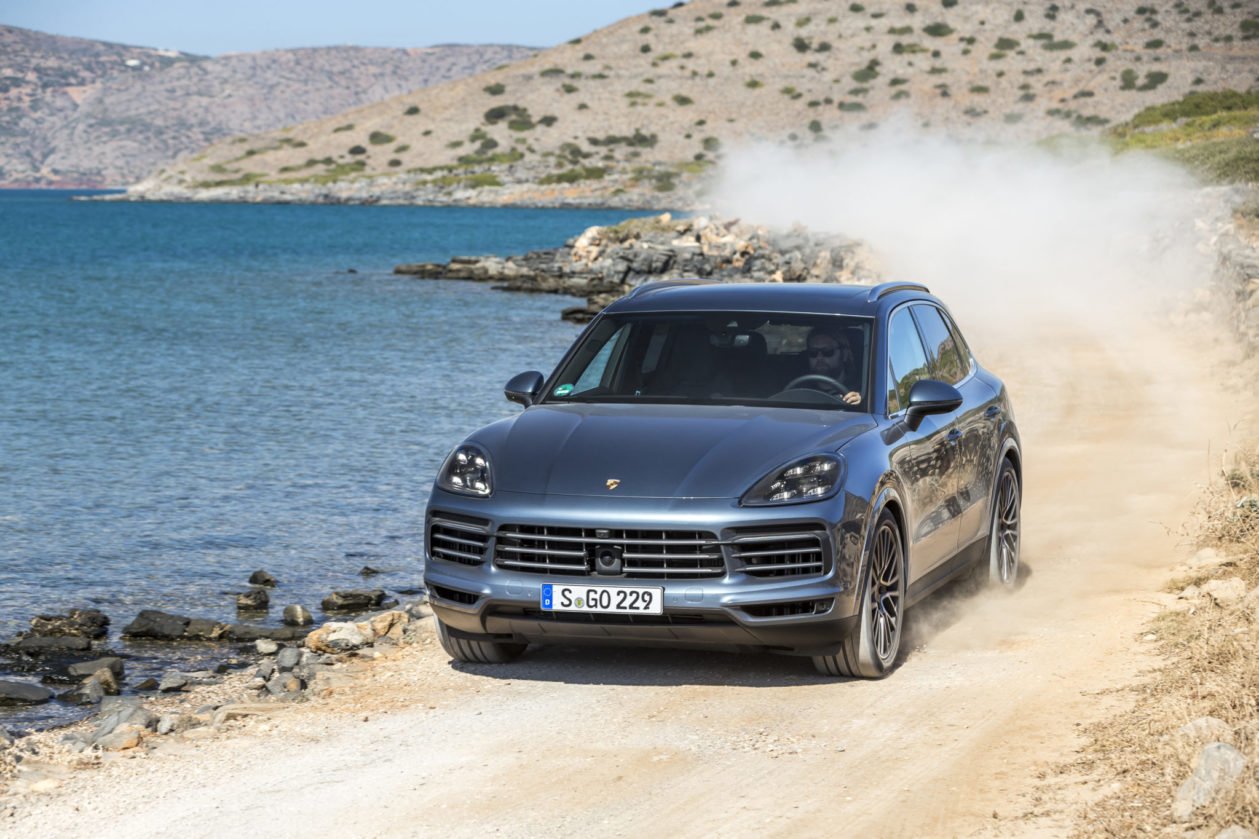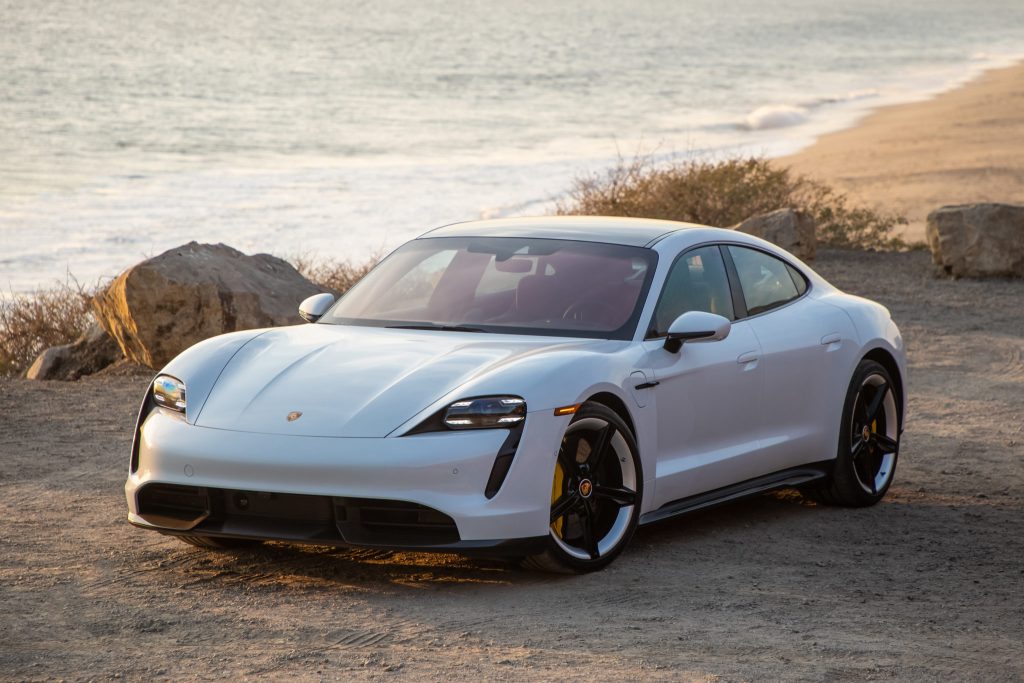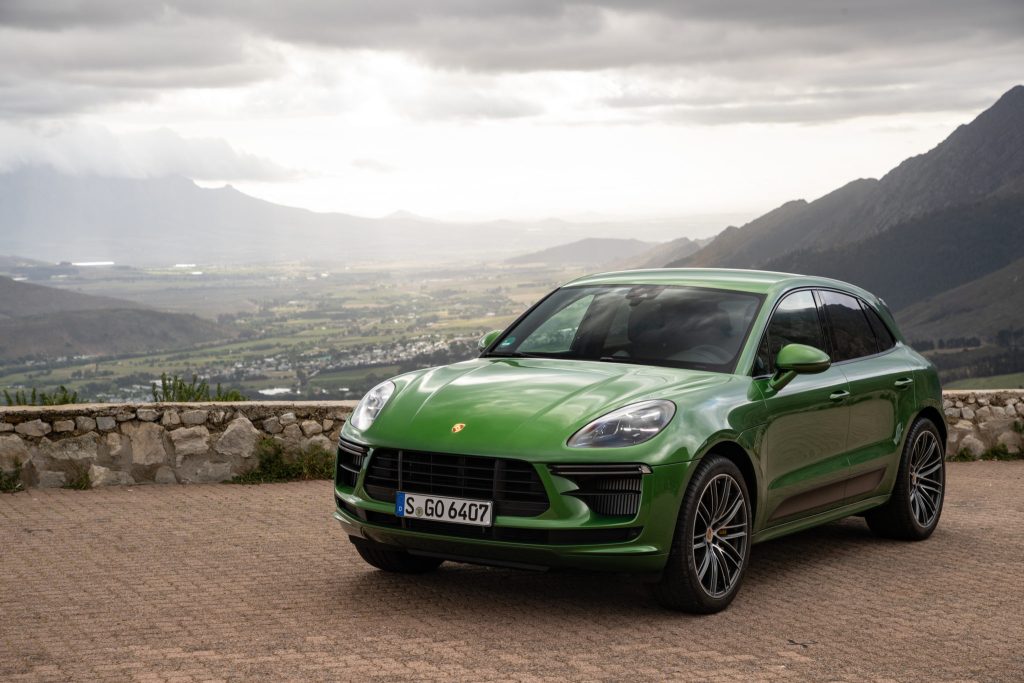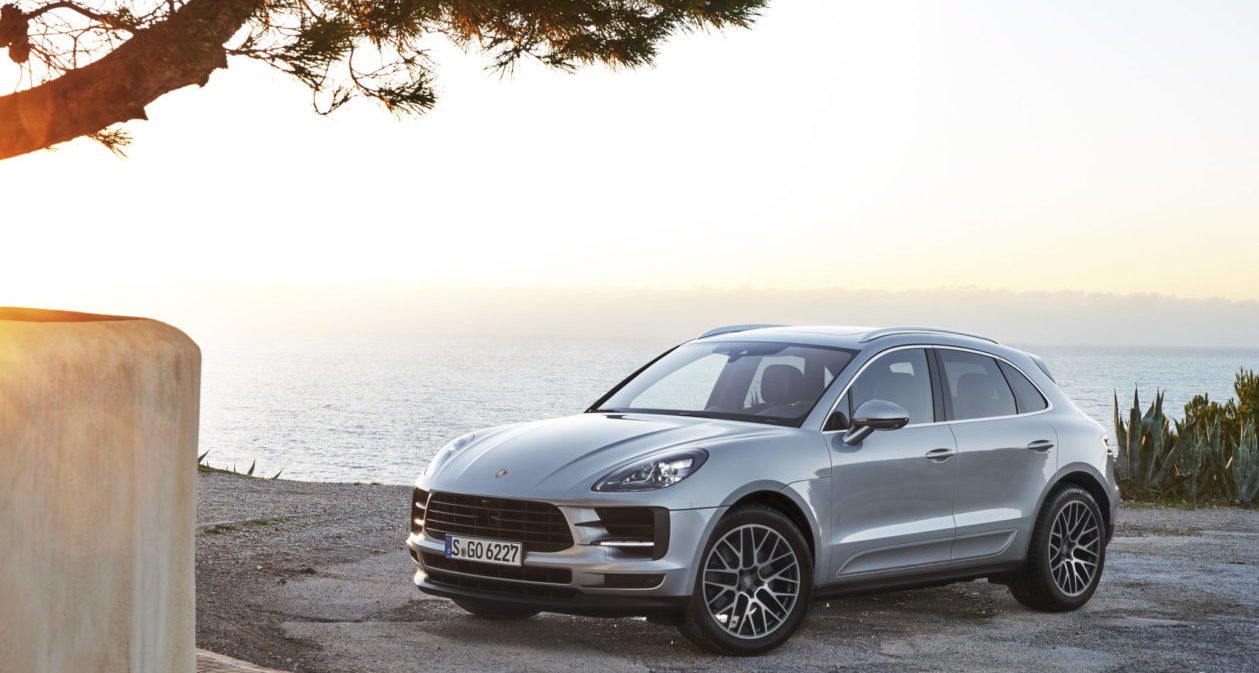For more than 60 years, if you asked someone to sketch the outline of a Porsche, they could do it—or for longer, if you include 1939’s Volkswagen Beetle and Type 64, the ur-Porsche that laid the streamlined groundwork for the classic 911 sports car.
But while there’s still some 911 (and even Beetle) in the look of every Porsche, that rear-engined, bread-and-butter sports car is no longer the company’s main sustenance. For that, I’ll direct you to the Porsche Macan I recently drove in and around New York. This compact, curve-loving SUV found 22,159 buyers through November, more than all the company’s sports cars and Panamera sedans combined. Credit the reworked, 2019 Macan (and larger Cayenne SUV) for what will surely be Porsche’s 10th straight year of record sales in America.


The SUVs that purists once suggested would be the death of Porsche have turned out to be its lifeblood, providing the investment dollars for electrified models like the brilliant, battery-powered Taycan that I recently drove in Germany. For now, that relatively low-volume Taycan, priced from $150,900 to roughly $230,000, is unlikely to earn Porsche much, if any, money. The Macan is raking it in like a casino magnate. Just not that casino magnate.
First, the Macan starts from a tempting $52,250, with a modest, turbocharged four-cylinder engine with 248 horsepower. The Macan S I drove kicks up 100 more ponies, with a total of 348 from a twin-turbo, 3.0-liter V-6. That one costs $59,850 to start. (You see where we’re going here). That this output comes from an Audi-based engine further underlines Porsche’s catbird position, its protected perch in the massive Volkswagen Group empire that also includes Lamborghini, Bentley and Bugatti.
That engine could add some rock-and-roll character to its smooth-jazz exhaust note, yet the Macan’s performance is impeccable: 0 to 60 mph in 4.7 seconds, with a 157-mph top speed and seamless gear changes through Porsche’s 7-speed, dual-clutch PDK transmission. On some of my favorite knotted roads in New York’s Hudson Valley, the Macan untied the knots, gliding through fast corners in a reasonable facsimile of the brand’s smaller sports cars. An optional, red-and-black leather interior; 20-inch, gloss-black wheels; and a fat-gripped, Alcantara-wrapped GT steering wheel—the latter taken directly from the 911—help remind SUV-loving Americans where this baby’s parents hail from.

As Porsche gives the people the models they want, they’ve come to realize that performance—the beating heart of its reputation—can’t come at the expense of comfort or versatile space. This latest Macan carves turns like a champ, but it never feels rock-hard or high-strung in the manner of some performance SUVs, including the Alfa Romeo Stelvio. The company also continues to make big strides in luxury, interfaces and modern connectivity. The Macan’s new infotainment system gets an enormous, 10.9 inch display screen that’s integrated into the dashboard as beautifully as if Apple had done the job. (And yes, Apple CarPlay is on board). The smartphone-style system is Porsche’s most intuitive infotainment system yet, from a company that used to be happy if you got a Blaupunkt AM/FM radio. For now, the Macan still flaunts its twin dual banks of aircraft-style switches along the spine of its center console, rather than the glass-panel capacitive controls of the all-new 911. Yet that’s an old-school, analog touch that I actually love, in an era of distracting touchscreens and wonky voice commands.

But progress will continue at Porsche, including in the form of the Taycan, the brilliant, all-electric Porsche sedan that I recently spun to a 167-mph top speed on the German autobahn; and then charged to 80-percent capacity in 20 minutes flat on a 350-kilowatt station that trounces even Tesla’s fastest Superchargers.

The Macan may start for barely half the price of the most-affordable 911 Carrera. But a steep stepladder of models and options reveals Porsche’s unmatched skill at plumping its corporate coffers. With roughly $24,000 worth of options aboard, including a slick, adaptive air suspension for $2,750, my Macan S nosed over $82,000. Choose the new-for-2020 Macan Turbo, with a ripping 434 horsepower and a 3.8-second cannon shot to 60 mph, and you’re looking at an SUV that starts at $85,000 and can top $100,000 with extra goodies.
Deep-pocketed customers aren’t complaining. And they’ve made Porsche the world’s most profitable mass-market luxury auto brand. The Stuttgart automaker enjoyed operating profits of $4.75 billion last year, helping it boost its workforce by 9 percent, to 32,325 employees. Net profit margin was a remarkable 16.6 percent—are you listening, Elon Musk?—with $28.5 billion in sales on a record 256,000 global vehicles. Punch your calculators, and Porsche is earning just over $18,500 in profit on every car it sells. For budding CEOs and CFOs, I have one question: Should Porsche care that the majority of those are SUVs like the Macan?






